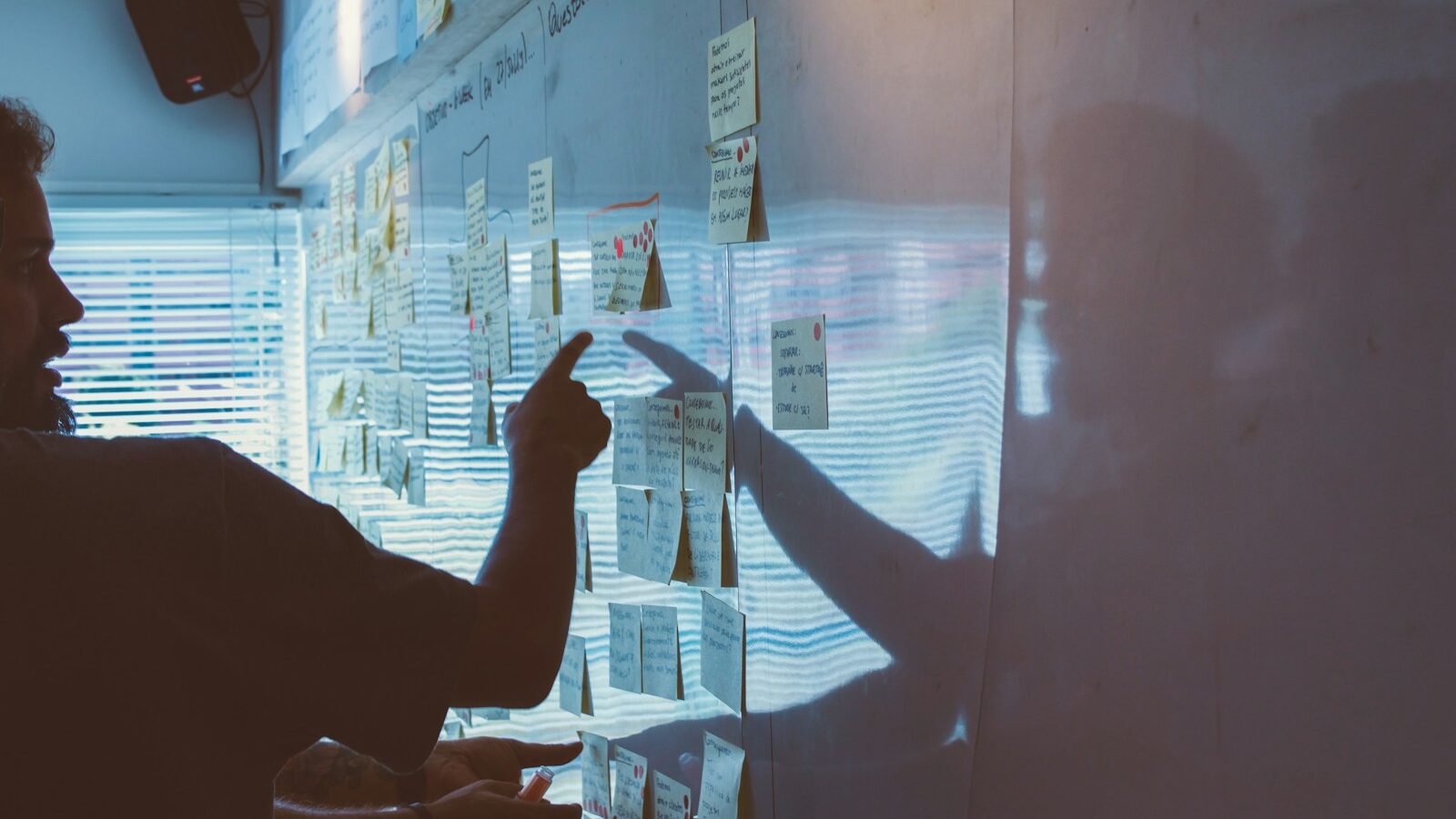I would argue the top skills for 2022 have to be flexibility, living with uncertainty and the ability to adapt quickly in a world of constant change. We have all been learning how to do this over the past two years, yet development in these areas doesn’t just happen organically.
To build a workforce that flourishes in the current climate necessitates a culture of adaptability. It requires people to develop the ability to think, act and thrive in a world that is much less predictable than we once thought.
Companies are now facing a big retention challenge as we move into a hybrid way of working. Training and development are nothing new for the business world, but for the first time they are being used in ways to appeal to a mass of remote and hybrid workers amidst a backdrop of significant global shifts in our lifetime.
Retaining the workforce comes down to engagement, and reskilling is one such way to do this.
A company’s reskilling efforts are going to be more effective if they are already built into its culture.
What is reskilling?
Let’s go back to basics and explore what reskilling actually entails and how company culture feeds into it. Reskilling involves learning new skills to move on to a new role within a current employment setting.
It allows employees to change and build upon their current skill set to remain working and productive. At the same time, it enables organisations to be able to pivot and move faster to change.
Reskilling is an ongoing process rather than a short-term project that requires managers and leaders to always keep an eye out for the next roles their people will need to fill as the business and industry evolves.
Start with your culture
A company’s reskilling efforts are going to be more effective if they are already built into its culture. So the first step is to embrace a learning culture that allows employees to set their own goals for learning and skills development.
For example, a developer on your team might be watching a new technology that you’re not using yet, but they think it’s on the horizon. A good sign that a learning culture exists is if they asked to make learning about that technology part of their growth plan for the year.
Alongside addressing culture change needs, here are three reskilling essentials to support adaptability.
1. Adopt a skills development platform
Ideally, you would have an online educational or training platform for the skills your business needs. This can also simply be a hub or a system where a company can log skills and where an employee can identify skills gaps and set goals for their current role or for a new one they plan to take on.
It’s important to have a platform that can track employees’ progress toward their goals so that you can keep track of their development journey. And, of course, this technology can also save time collecting the training resources needed to reskill multiple employees quickly for new roles if a quick pivot is needed.
2. Seek out specific skills training
Beyond having a well-resourced skills development hub, there may be very specific skills or training needed for a role. Here is where it can be really helpful to source external training, whether that’s for a key certification that’s needed, skills like data analytics to support a key role or to offer wraparound ‘softer skills’ like adaptability and empathy through cognitive training.
3. Encourage job shadowing and mentoring
Job shadowing isn’t just for new recruits or interns any more. An employee from one team can shadow another team to learn how they do their work. That employee can then share their findings with their current team, which helps build the entire group’s skills and knowledge base.
Also, an employee who wants to transition into a new role may want to shadow a co-worker who’s doing that work now. By shadowing they can identify which skills they’ll need to build and how those skills are used in practice.
Equipping for ongoing unpredictability
You can build a workforce that’s ready to take on challenge and change when you:
-
Create a culture of learning
-
Keep an eye on new trends
-
Make skills development part of each employee’s routine
-
Stay open to employees’ expertise
Interested in this topic? Read ‘Why are we still not prioritising future skills?‘
I would argue the top skills for 2022 have to be flexibility, living with uncertainty and the ability to adapt quickly in a world of constant change. We have all been learning how to do this over the past two years, yet development in these areas doesn’t just happen organically.
To build a workforce that flourishes in the current climate necessitates a culture of adaptability. It requires people to develop the ability to think, act and thrive in a world that is much less predictable than we once thought.
Companies are now facing a big retention challenge as we move into a hybrid way of working. Training and development are nothing new for the business world, but for the first time they are being used in ways to appeal to a mass of remote and hybrid workers amidst a backdrop of significant global shifts in our lifetime.
Retaining the workforce comes down to engagement, and reskilling is one such way to do this.
A company’s reskilling efforts are going to be more effective if they are already built into its culture.
What is reskilling?
Let’s go back to basics and explore what reskilling actually entails and how company culture feeds into it. Reskilling involves learning new skills to move on to a new role within a current employment setting.
It allows employees to change and build upon their current skill set to remain working and productive. At the same time, it enables organisations to be able to pivot and move faster to change.
Reskilling is an ongoing process rather than a short-term project that requires managers and leaders to always keep an eye out for the next roles their people will need to fill as the business and industry evolves.
Start with your culture
A company’s reskilling efforts are going to be more effective if they are already built into its culture. So the first step is to embrace a learning culture that allows employees to set their own goals for learning and skills development.
For example, a developer on your team might be watching a new technology that you’re not using yet, but they think it’s on the horizon. A good sign that a learning culture exists is if they asked to make learning about that technology part of their growth plan for the year.
Alongside addressing culture change needs, here are three reskilling essentials to support adaptability.
1. Adopt a skills development platform
Ideally, you would have an online educational or training platform for the skills your business needs. This can also simply be a hub or a system where a company can log skills and where an employee can identify skills gaps and set goals for their current role or for a new one they plan to take on.
It’s important to have a platform that can track employees’ progress toward their goals so that you can keep track of their development journey. And, of course, this technology can also save time collecting the training resources needed to reskill multiple employees quickly for new roles if a quick pivot is needed.
2. Seek out specific skills training
Beyond having a well-resourced skills development hub, there may be very specific skills or training needed for a role. Here is where it can be really helpful to source external training, whether that’s for a key certification that’s needed, skills like data analytics to support a key role or to offer wraparound ‘softer skills’ like adaptability and empathy through cognitive training.
3. Encourage job shadowing and mentoring
Job shadowing isn’t just for new recruits or interns any more. An employee from one team can shadow another team to learn how they do their work. That employee can then share their findings with their current team, which helps build the entire group's skills and knowledge base.
Also, an employee who wants to transition into a new role may want to shadow a co-worker who’s doing that work now. By shadowing they can identify which skills they’ll need to build and how those skills are used in practice.
Equipping for ongoing unpredictability
You can build a workforce that’s ready to take on challenge and change when you:
Create a culture of learning
Keep an eye on new trends
Make skills development part of each employee’s routine
Stay open to employees’ expertise








